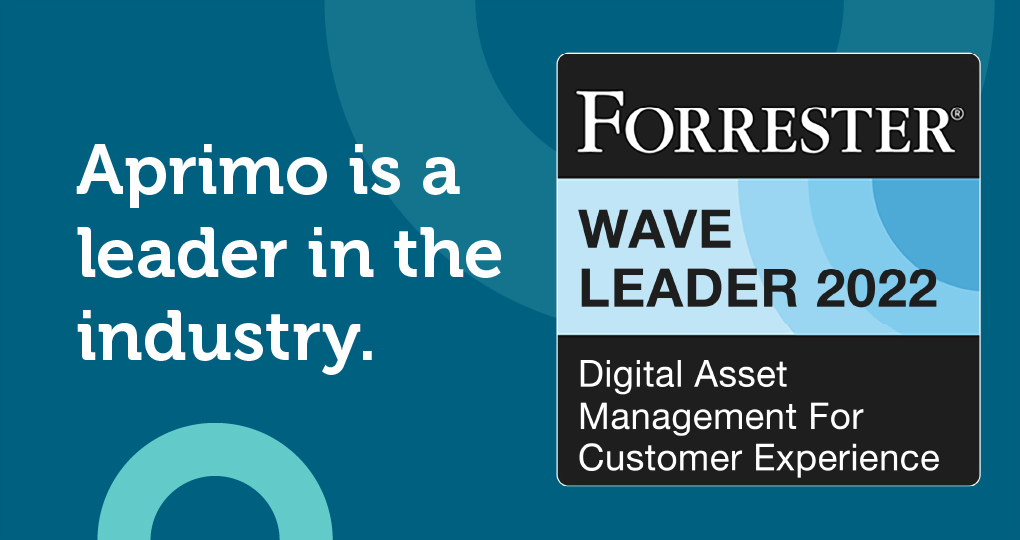The Evolution of Content Collaboration: DAM and Real-Time Collaboration

Years ago, if you needed legal advice, you?d make an appointment with a lawyer. If you wanted to make your mom’s cherry pie, you?d borrow her recipe card. If you were struggling to figure out how to get a stain out of your baby’s clothes, you might even sit down, write a letter to your favorite newspaper columnist, put a stamp on it, mail it, and hope she?d publish the answer a few weeks later. Today, if you want answers to any of those questions or more, they’re as close as your web browser ? thanks to the efforts of content creators.

Introduction to Content Collaboration
With over 328 million terabytes of data hitting the internet every day, creating digital content can feel like pushing string. But for businesses that want to rank highly in search engines, build their brand, attract customers, and establish themselves as authorities in their field, it’s essential. Not only do you have to create content, you have to create content that’s valuable, attention getting, and noteworthy. A lot of it.
To accomplish this Sisyphean task, teams of talented people need to work together. Content collaboration allows people to pool their efforts to create better content than any one person could alone. One piece of quality content might need the efforts of a writer, editor, designer, subject matter expert, and more.
The Rise of Digital Asset Management (DAM) Systems
Digital asset management (DAM) systems allow organizations to store, organize, and retrieve digital content. DAM systems have been around since the 1990s, but back then, they were on-premise systems used to store documents, photos, and videos as society started gradually switching from analog to digital.
Recently, as part of the digital revolution and rapid tech adoption, digital asset management systems have evolved to meet the needs of companies that work with a massive amount of digital assets. DAM systems are no longer simply a repository for your company’s digital content ? they’re a comprehensive ecosystem that connects your valuable digital assets to everyone in your organization.


Real-Time Collaboration in Content Creation
With the rise of remote work, teams need to be able to collaborate on content creation no matter where they’re located. Real-time collaboration tools have changed the way content is created and managed, providing platforms for simultaneous editing, instant messaging, video conferencing, and file sharing. Popular examples include Google Docs for collaborative writing and editing, Slack for team communication, Zoom for video conferencing, and Trello for project management.
These tools give dispersed teams ? whether they’re on different continents or in different offices ? the power to work together by allowing instant feedback, collective brainstorming, and consistency and coherence in content creation.
Integration of DAM and Real-Time Collaboration
Integrating a DAM platform with real-time creative collaboration tools eliminates many of the hassles of content collaboration, such as managing vast digital assets and guaranteeing everyone is working with the most updated versions. DAM systems organize and store large volumes of digital content, making assets easily accessible and searchable.
When combined with real-time collaboration tools, DAM systems improve workflow efficiency. Teams can access, edit, and share assets simultaneously, so everyone is on the same page and not wasting time duplicating work or working with outdated assets.


Advancements in DAM Technology
Artificial intelligence (AI) has changed almost every aspect of our lives, and DAM software is no exception. While DAM systems will continue to allow organizations to store, organize, and retrieve their assets, machine learning advancements like natural language processing and computer vision will take efficiency to the next level through automation and generation.
Look for DAM systems that can automatically categorize, tag, and organize digital assets, using sophisticated algorithms to analyze content and extract relevant metadata. Content collaboration teams will be able to spend their time doing high-value creative tasks while AI handles the tedious, time-consuming tasks.
The Future of Content Collaboration: Trends and Predictions
In the future, you can expect technology to continue to improve, simplify, and facilitate content collaboration. AI and machine learning are getting better by the day. Managing assets will be more intuitive and effortless. Real-time collaboration tools will continue to break down barriers with immersive and interactive experiences powered by virtual and augmented reality.
Web 3.0 ? a new iteration of the internet based on blockchain technology and decentralization ? may serve as the foundation for secure and transparent content sharing. Businesses should anticipate a shift towards more decentralized, agile collaboration models, with a focus on user-friendly, mobile-optimized platforms that support remote and global teamwork. This evolution will demand adaptability and continuous learning to leverage new tools effectively for efficient, innovative content creation and management.





